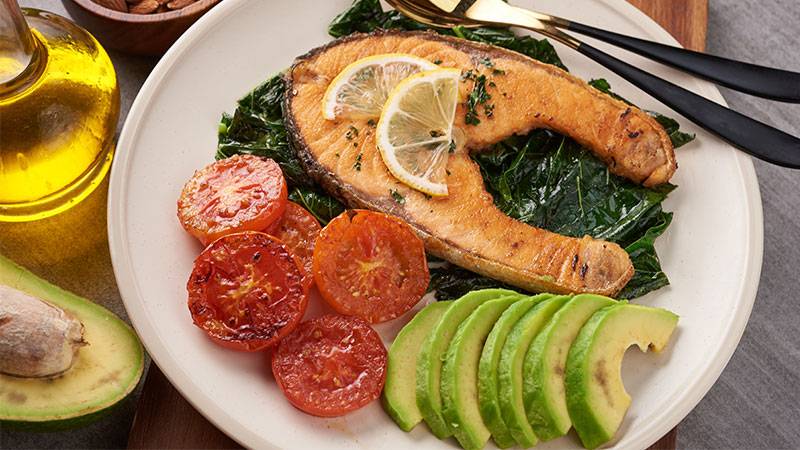I remember the first time I tasted salmon. It was a revelation — fresh, flavorful, and satisfying.
That experience sparked my journey into the pescatarian diet, a path I’ve treasured for its simplicity and benefits.
Essentially, this diet is a blend of vegetarian choices with the added richness of seafood. This combination offers a unique balance, providing the body with essential nutrients while treading lightly on our planet.
As we explore further, you’ll see how the pescatarian diet isn’t just a choice; it’s a lifestyle that nurtures both health and the environment.
What is the Pescatarian Diet?
A pescatarian diet, at its heart, is a marriage of vegetarianism and seafood consumption. It integrates the principles of a plant-based diet – full of fruits, vegetables, grains, and legumes – with the nutritional bounty of the sea, like fish and shellfish.
This diet steers clear of red meat and poultry, differentiating it from typical omnivorous eating patterns. Unlike veganism, which excludes all animal products, the pescatarian approach welcomes the health benefits of seafood, particularly its rich omega-3 fatty acids and lean protein.
The origins of the pescatarian diet are as fluid as the oceans themselves, emerging from coastal cultures that historically relied on fishing. It’s an ethical and eco-friendly eating habit, reducing meat consumption while still offering balanced nutrition.
By choosing sustainable seafood, pescatarians play a role in ocean conservation, contributing to a lower carbon footprint compared to traditional meat-heavy diets. This diet is not just about what we eat; it’s a commitment to a healthier, more sustainable way of life.

Environmental Benefits of a Pescatarian Diet
Embracing a pescatarian diet offers significant environmental advantages, primarily through a lower carbon footprint and a more sustainable approach to utilizing ocean resources.
When compared to diets rich in red meat, which are known for high greenhouse gas emissions, the pescatarian diet, with its emphasis on seafood as a primary protein source, markedly reduces one’s environmental impact.
Various studies highlight that the carbon footprint of fish production is significantly lower than that of beef or pork. For example, farmed seafood like tilapia and catfish have a carbon footprint nearly 10 times less than that of beef. Additionally, pescatarians who focus on sustainably sourced seafood contribute to the fight against overfishing. Sustainable fishing practices are crucial for maintaining healthy fish populations and aquatic ecosystems.
This sustainable diet also promotes the consumption of plant-based foods, which generally require fewer resources like land and water compared to animal farming. This shift aids in conserving essential environmental resources and helps reduce deforestation and habitat loss.
A notable environmental benefit of the pescatarian diet is the reduction of methane emissions, a potent greenhouse gas predominantly emitted by cattle. Opting for seafood over beef or poultry significantly cuts down these emissions, fostering a healthier environment.
However, the choice of seafood is vital. Overfishing and destructive fishing practices can undermine the environmental benefits of a pescatarian diet. Choosing seafood certified by organizations such as the Marine Stewardship Council (MSC) or the Aquaculture Stewardship Council (ASC) ensures that one’s dietary choices are aligned with eco-friendly and ethical fishing practices.
Adopting a pescatarian diet is more than a personal health choice; it’s a decision that actively supports environmental sustainability. It represents a thoughtful way of eating that respects the planet’s ecological balance and promotes responsible stewardship of ocean resources.
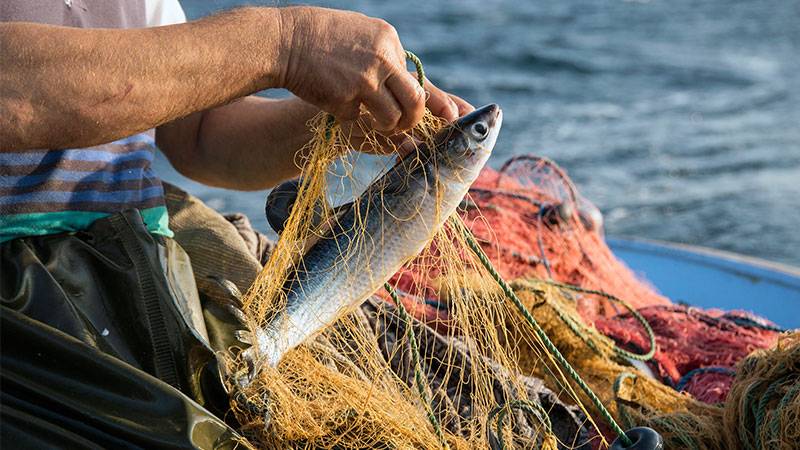
Health Benefits of a Pescatarian Diet
The pescatarian diet is renowned for its myriad health benefits, particularly in improving heart health and reducing the risk of various diseases.
This diet, rich in omega-3 fatty acids from fish, is linked to lower blood pressure and a decreased risk of heart disease. Studies, including those published in the American Journal of Clinical Nutrition, have shown that the inclusion of fish in one’s diet can lead to improved cardiovascular health.
Omega-3 fatty acids, found abundantly in fish like salmon and mackerel, are essential for brain health. They contribute to cognitive function and have been associated with a reduced risk of mental decline in older adults. Additionally, these fatty acids are known for their anti-inflammatory properties, which can help in managing conditions like arthritis.
A pescatarian diet also provides a wealth of nutrients from its plant-based components. These include dietary fiber, vitamins, and minerals essential for overall health. The diet’s emphasis on whole foods and minimization of processed foods contribute to better weight management and lower the risk of obesity-related diseases.
Furthermore, the diet’s low intake of red and processed meat is aligned with a decreased risk of certain types of cancer, as suggested by research in nutritional epidemiology. The balanced approach of the pescatarian diet, combining the benefits of vegetarian foods with nutrient-rich seafood, offers a holistic path to maintaining and improving health.
Embracing the pescatarian diet can be a transformative step towards a healthier lifestyle, significantly impacting long-term well-being by promoting heart health, mental sharpness, and overall physical health.

Downsides of the Pescatarian Diet
While the pescatarian diet boasts numerous health benefits, it’s important to acknowledge some potential downsides. A primary concern is mercury exposure from certain types of fish.
Larger, predatory fish like shark, swordfish, and some types of tuna can contain higher levels of mercury, which can be harmful if consumed in large amounts. Nutrition experts advise moderation and variety in seafood choices to mitigate this risk. Opting for low-mercury fish such as salmon, sardines, and trout is recommended.
Another consideration is the potential limitation in protein sources. While fish and seafood are excellent protein sources, they are different from the proteins found in red meat and poultry. Some individuals might find it challenging to meet their protein needs, especially if they are not consuming a diverse range of seafood and plant-based proteins. Including a variety of fish, legumes, nuts, and seeds is essential to ensure adequate protein intake.
Additionally, there’s the aspect of dietary balance. Relying too heavily on seafood can lead to a lack of certain nutrients typically found in meat, such as iron and vitamin B12. Pescatarians need to be mindful of incorporating other sources of these nutrients, like fortified foods or supplements, to maintain a balanced diet.
While these downsides are noteworthy, they can generally be managed with careful dietary planning and by staying informed about the types of seafood consumed. Consulting with nutrition experts can also provide guidance to ensure that the pescatarian diet is both healthy and nutritionally complete.
Foods to Eat on a Pescatarian Diet
Adopting a pescatarian diet opens up a diverse and nutritious world of foods.
Here’s a comprehensive list of foods to include:
Seafood
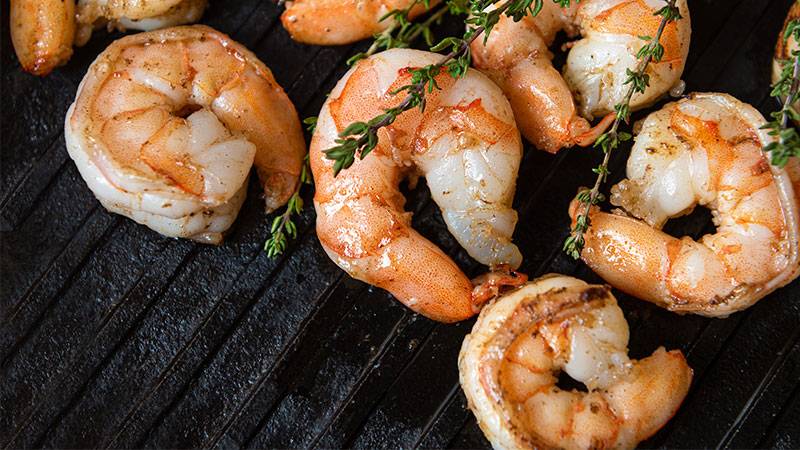
- Salmon, trout, and sardines – high in omega-3s and low in mercury.
- Shrimp and scallops – versatile and light options for quick meals.
- Mackerel and herring – nutrient-rich choices for heart health.
Fruits and Vegetables
These provide essential vitamins, minerals, and fiber.
- Leafy greens like spinach and kale – packed with iron and calcium.
- Berries, oranges, and apples – for a boost of vitamins and antioxidants.
- Avocados and tomatoes – great for salads and rich in healthy fats and vitamins.
Whole Grains
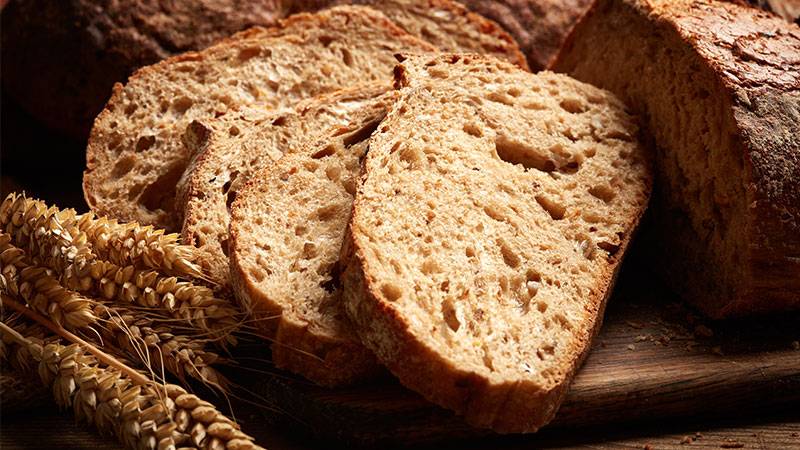
Important for fiber and energy.
- Quinoa, brown rice, and barley – versatile bases for many dishes.
- Whole grain bread and pasta – for a satisfying, fiber-rich meal.
Legumes and Beans
Excellent plant-based protein sources.
- Lentils, chickpeas, and black beans – perfect for salads, soups, and stews.
- Edamame and tofu – soy-based proteins that are versatile in cooking.
Nuts and Seeds
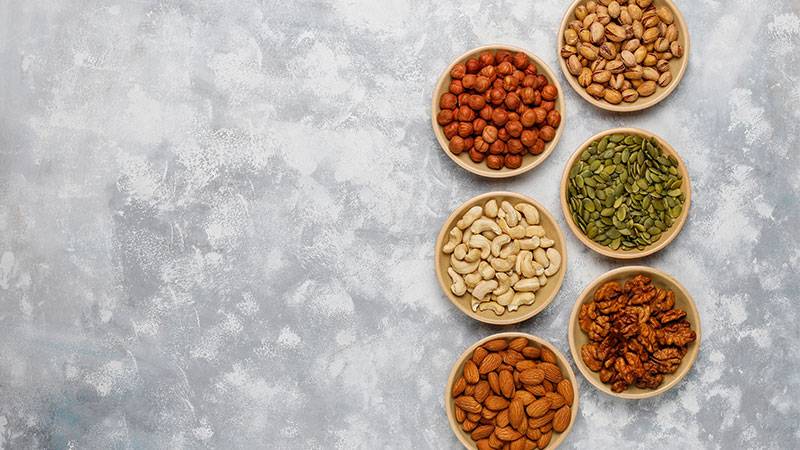
Dairy and Eggs
Optional based on dietary preferences, offering additional protein and nutrients.
- Yogurt and cheese – can be incorporated for calcium and protein.
- Eggs – a versatile ingredient for breakfast or baking.
This list is not exhaustive but offers a solid foundation for anyone embarking on a pescatarian diet. The key is to enjoy a variety of these foods to ensure a nutrient-rich and balanced diet. With so many options, the pescatarian diet is far from monotonous and can be easily tailored to individual tastes and nutritional needs.
Foods to Avoid on a Pescatarian Diet
While the pescatarian diet is largely beneficial, there are certain foods that should be consumed in moderation to maintain its health and environmental advantages:
High-Mercury Fish
Some fish species contain higher levels of mercury, which can be harmful if consumed frequently.
- Swordfish, shark, and king mackerel – often high in mercury and best avoided or eaten sparingly.
- Large tuna species – while popular, they can accumulate more mercury and should be limited.
Processed Seafood
Just like processed meats, processed seafood can contain added preservatives and high sodium levels.
- Breaded and fried fish – often contain unhealthy fats and additives.
- Canned seafood with high sodium – opt for low-sodium versions when possible.
Refined Grains and Sugars
These offer little nutritional value and can disrupt the balance of a healthy diet.
- White bread and pasta – lack the fiber and nutrients found in whole grains.
- Sugary snacks and beverages – contribute to weight gain and health issues.
Excessive Dairy and Eggs
While they can be part of a pescatarian diet, overconsumption may lead to an imbalance.
- High-fat dairy products – can be high in saturated fats, so opt for low-fat versions.
- Large quantities of eggs – moderation is key to maintaining cholesterol levels.
Unsustainable Seafood
Ethical considerations are vital in a pescatarian diet.
Overfished species or those caught using harmful methods – choosing MSC or ASC-certified seafood can help avoid these.
Minimizing these foods in a pescatarian diet is crucial for maximizing its health benefits and maintaining its environmental integrity. By making mindful choices, you can enjoy the richness of the pescatarian diet while keeping its impact on your health and the planet in check.
Tips for Trying a Pescatarian Diet
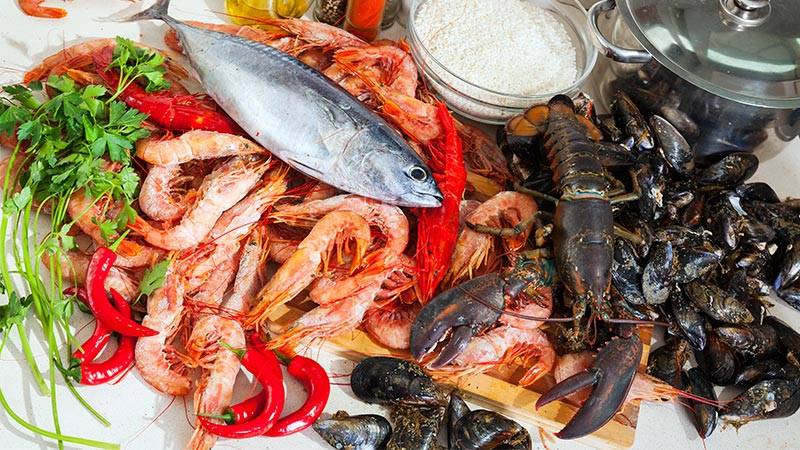
Transitioning to a pescatarian diet can be a fulfilling journey with the right approach. Here are some practical tips to ease into this lifestyle:
Start Gradually
If you’re new to a seafood-rich diet, begin by introducing fish into your meals a few times a week. Gradually increase the frequency as you become more comfortable with the change.
Choose Sustainable Seafood
Opt for fish that are sustainably sourced to support ocean conservation. Look for labels like Marine Stewardship Council (MSC) or Aquaculture Stewardship Council (ASC) certification. This ensures that your dietary choices are not contributing to overfishing.
Explore a Variety of Seafood
Don’t just stick to one type of fish. Experiment with different kinds, including shellfish, to enjoy a range of flavors and nutrients. Incorporating a variety of seafood also helps in managing mercury exposure.
Incorporate Plant-Based Proteins
Legumes, nuts, and seeds are excellent protein sources and add diversity to your diet. Including these can help balance your meals and provide essential nutrients.
Learn to Cook Seafood
If you’re not familiar with cooking fish, start with simple recipes. Grilled, baked, or steamed fish are healthy and easy methods to begin with.
Plan Your Meals
Meal planning can help in maintaining a balanced diet and avoid the temptation of less healthy options. Include a mix of seafood, vegetables, whole grains, and plant-based proteins in your weekly menu.
Be Mindful of Nutritional Balance
Ensure your diet includes all essential nutrients. Pay attention to iron, vitamin B12, and omega-3 fatty acids, which are crucial for overall health.
Seek Professional Advice if Needed
If you have specific dietary needs or health concerns, consulting a nutritionist can provide personalized guidance for your pescatarian journey.
Stay Informed
Keep up-to-date with the latest research on sustainable eating and pescatarian diet trends. Knowledge is key to making informed dietary choices.
Pescatarian Meal Plan for 1 Week
Embrace the pescatarian diet with this diverse and nutritious one-week meal plan, designed to provide a balance of omega-3 fatty acids, plant-based proteins, and essential nutrients.
Day 1
- Breakfast: Greek yogurt with mixed berries and a sprinkle of chia seeds.
- Lunch: Quinoa salad with chickpeas, cucumber, and feta cheese.
- Dinner: Grilled salmon with steamed broccoli and brown rice.
Day 2
- Breakfast: Scrambled eggs with spinach and whole grain toast.
- Lunch: Tuna salad sandwich on whole grain bread with lettuce and tomato.
- Dinner: Baked cod with a side of mixed vegetables and quinoa.
Day 3
- Breakfast: Oatmeal topped with sliced almonds and banana.
- Lunch: Lentil soup with a side of avocado toast.
- Dinner: Shrimp stir-fry with bell peppers, carrots, and brown rice.
Day 4
- Breakfast: Smoothie with spinach, banana, and hemp seeds.
- Lunch: Caesar salad with grilled shrimp.
- Dinner: Baked tilapia with roasted sweet potatoes and green beans.
Day 5
- Breakfast: Whole grain cereal with almond milk and fresh fruit.
- Lunch: Vegetable sushi rolls with a side of miso soup.
- Dinner: Spaghetti with marinara sauce and grilled vegetables.
Day 6
- Breakfast: Egg omelet with mushrooms, tomatoes, and onions.
- Lunch: Grilled vegetable and hummus wrap.
- Dinner: Pan-seared trout with a kale and apple salad.
Day 7
- Breakfast: Yogurt parfait with granola and fresh strawberries.
- Lunch: Avocado and chickpea salad with lemon dressing.
- Dinner: Vegetarian chili with a side of cornbread.
Conclusion
The pescatarian diet, a harmonious blend of plant-based foods and seafood, offers a myriad of health and environmental benefits. From reducing the carbon footprint to improving heart health, this diet is both a sustainable and nutritious choice. Embracing it means contributing positively to ocean conservation and personal well-being.
Whether you’re seeking a healthier lifestyle or eager to make eco-friendly choices, the pescatarian path is worth exploring. I encourage you to delve deeper, experiment with the meal plans, and perhaps join a community of like-minded individuals. Together, we can make a difference for our health and the planet.
